What it’s like to be targeted at an abortion clinic in the UK
- Text by Clea Skopeliti
- Photography by Han Nightingale

Each year, 100,000 patients in the UK have an abortion at a clinic that is targeted by anti-choice protesters, who use their presence to intimidate and harass them for accessing medical care.
Protesters often hold signs equating abortion to murder, pray loudly, and hand out leaflets to patients and passersby. While a handful local authorities have implemented buffer zones around clinics, campaigners are calling for national legislation to safeguard women’s right to abortion care without harassment.
Here, a 28-year-old woman who asked to remain anonymous shares her experience of facing intimidation from anti-choice protesters near an abortion clinic in Glasgow.
–
I was 20 and a student when I got pregnant. I knew getting an abortion was the only option for me; I didn’t have to think about it a lot.
I went to the Royal Infirmary in Glasgow for my second appointment by myself. I hadn’t told a single person in my life at the time.
There was a group of anti-choice protesters, just men over the age of 50, standing in a group, all sort of huddled together. I think they were across the road from the hospital, but the road isn’t big – they were as close as they could be, standing with signs. They were positioned strategically and dressed for all weather, in anoraks, so they could be there for as long as possible.
I felt so targeted. I knew it was for me, because that’s what I was there to do. I’m never going to forget that, it became part of my abortion experience.
I went into survival mode – I definitely had tunnel vision because I didn’t want to think about the protesters. I think other people might not have coped; I don’t know how someone even younger than me would have been able to carry out the steps.
Having an abortion is an extremely personal medical decision which requires privacy. I felt conflicting emotions – you’re dealing with your own morals and principles, then you get full-grown men telling you your principles aren’t right.
Even though I knew it was the right choice for me, I felt fragile taking the steps to my appointment. I kept referring back to what the doctor told me – practical things like where I needed to go, what I needed to do. I wasn’t having a moral dilemma. But seeing the protesters, you’re made to feel that it’s no longer a medical decision. They’re infringing their views on your experience, which would never be allowed in any other medical appointment.
It was a massive stress I didn’t need to be put through. I was already thinking, I hope nobody sees me. It changed my frame of mind – I went into a state of frenzied anxiety, I couldn’t even think straight.
I’ll never know what it would have been like to have the abortion without them there. I’ll never be able to look back and think about it as a private medical procedure. It changed my experience of the decision, the procedure and my memory of it.
Every person is susceptible to stigma, and that’s what they’re standing out there creating. I felt really alone. I didn’t tell my family – I think I probably would have massively benefited from sharing it with my mum. I’ll never know because I was made to feel I should question everything I was doing. I didn’t feel free from their opinions.
I was in the middle of university exams at the time, and I had a Scottish criminal law exam the following day. I broke down in the middle of it and didn’t finish it. One of the questions had spiked a thought about the protesters and how I myself was potentially doing something criminal. From that point, I didn’t finish the exam and ultimately failed it.
Seeing stuff about abortion in the news, like the fall of Roe v Wade in the US, brings it back. It makes me think of my friends who’ve been targeted by protesters and it makes me worry about young girls who are going through this. It makes me think the health board and government don’t care about their safety and mental health.
It’s not an issue of free speech. If you want to stand on Buchanan street with a sign about abortion, you can, on you go, that’s free speech. How we can’t recognise that standing near the door of a medical centre is different is worrying.
I’ve definitely seen them since. I wouldn’t trust myself to walk past Sandyford clinic and be calm. One in three women have had an abortion – it could be having this emotional impact on one in three when they’re walking past and seeing protesters. I don’t want to walk past them – if I do, my day is ruined. I turn into this wee girl, just emotionally retreating into myself, even though I’m a grown woman who knows what my rights are. It’s totally unique. It’s a level of targeting that makes you feel hated.
(As told to Clea Skopeliti)
This interview has been edited for length and clarity.
Right to Choose is a new series from Huck spotlighting the voices of people who’ve been impacted by anti-abortion laws and anti-choice campaigners. See the rest of the series here.
Follow Clea Skopeliti on Twitter.
Enjoyed this article? Like Huck on Facebook or follow us on Twitter and Instagram.
Latest on Huck
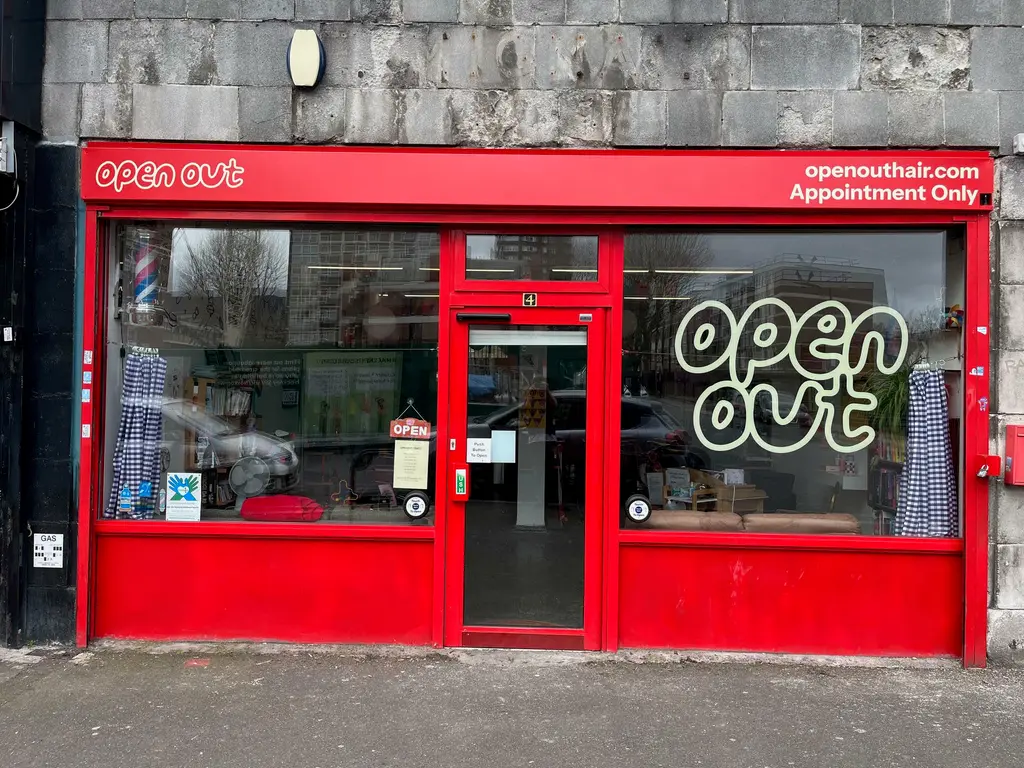
Meet the trans-led hairdressers providing London with gender-affirming trims
Open Out — Since being founded in 2011, the Hoxton salon has become a crucial space the city’s LGBTQ+ community. Hannah Bentley caught up with co-founder Greygory Vass to hear about its growth, breaking down barbering binaries, and the recent Supreme Court ruling.
Written by: Hannah Bentley
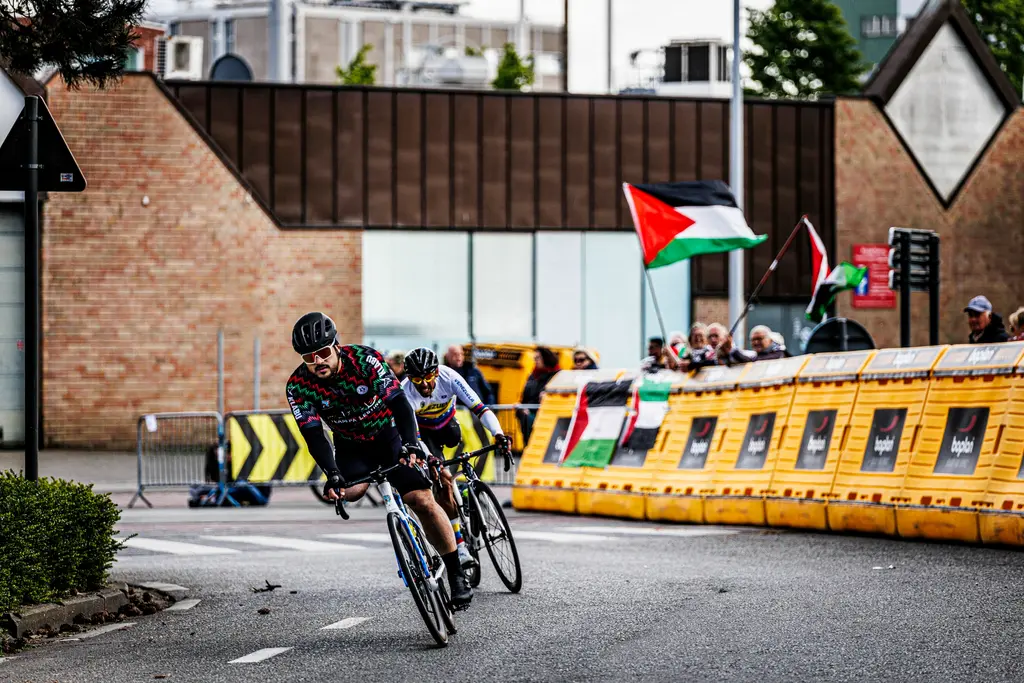
Gazan amputees secure Para-Cycling World Championships qualification
Gaza Sunbirds — Alaa al-Dali and Mohamed Asfour earned Palestine’s first-ever top-20 finish at the Para-Cycling World Cup in Belgium over the weekend.
Written by: Isaac Muk
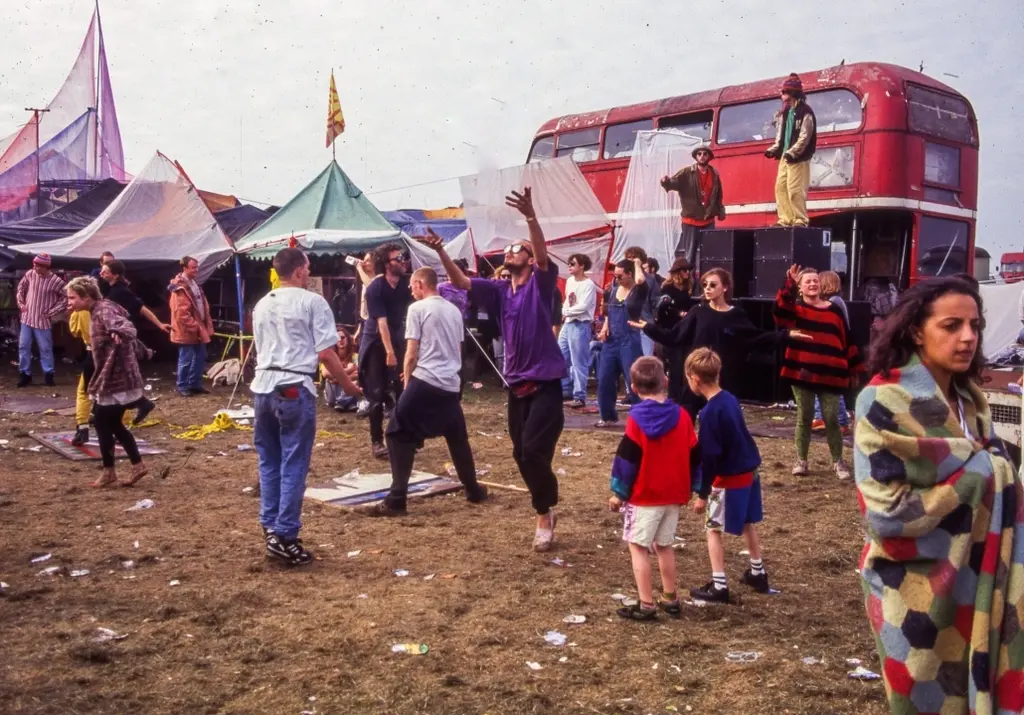
New documentary revisits the radical history of UK free rave culture
Free Party: A Folk History — Directed by Aaron Trinder, it features first-hand stories from key crews including DiY, Spiral Tribe, Bedlam and Circus Warp, with public streaming available from May 30.
Written by: Isaac Muk
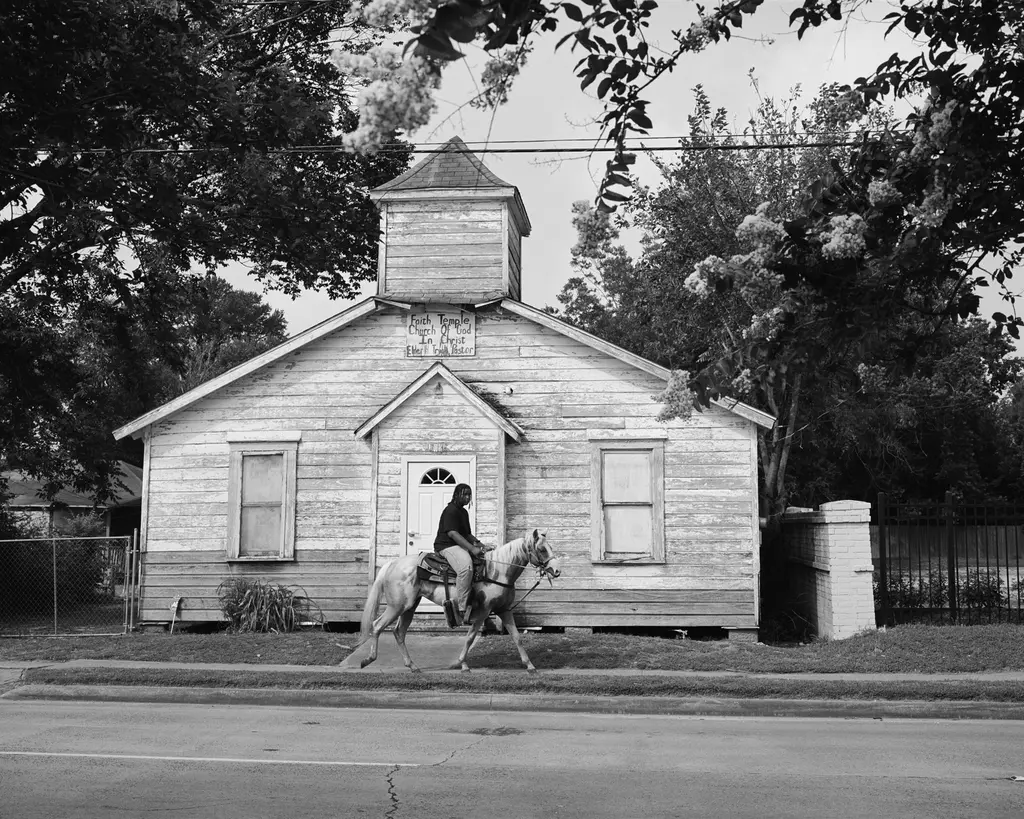
Rahim Fortune’s dreamlike vision of the Black American South
Reflections — In the Texas native’s debut solo show, he weaves familial history and documentary photography to challenge the region’s visual tropes.
Written by: Miss Rosen
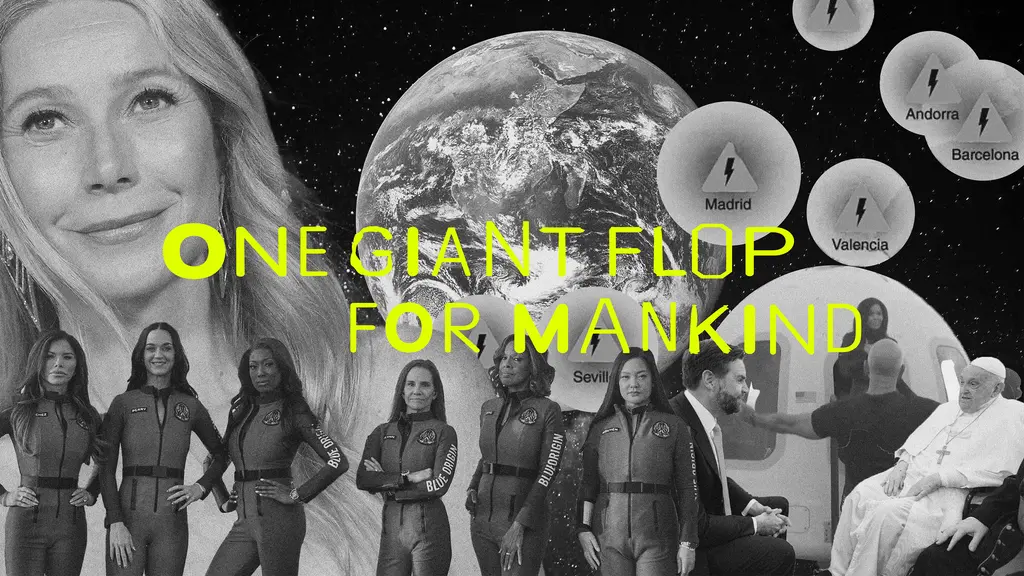
Why Katy Perry’s space flight was one giant flop for mankind
Galactic girlbossing — In a widely-panned, 11-minute trip to the edge of the earth’s atmosphere, the ‘Women’s World’ singer joined an all-female space crew in an expensive vanity advert for Jeff Bezos’ Blue Origin. Newsletter columnist Emma Garland explains its apocalypse indicating signs.
Written by: Emma Garland
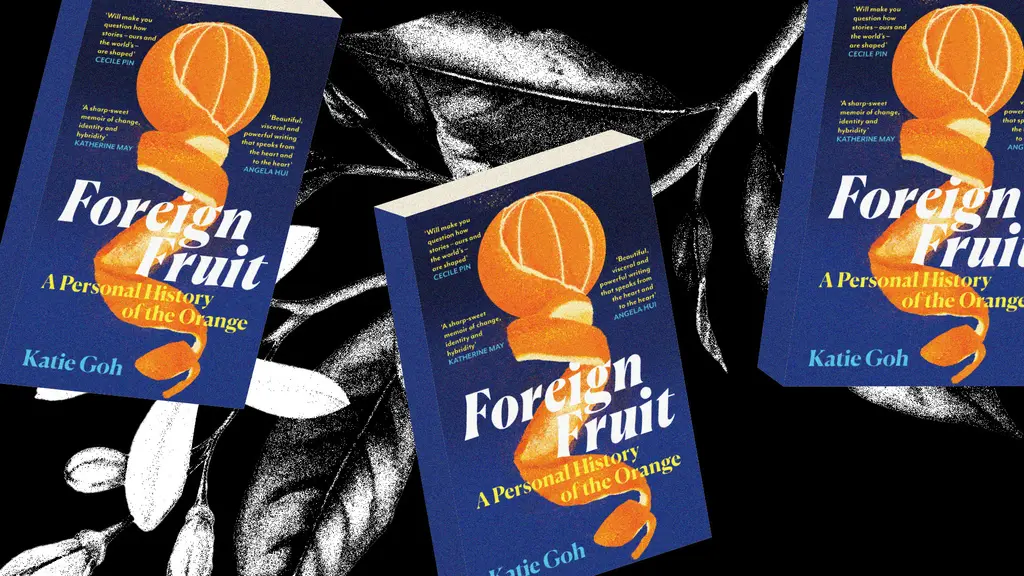
Katie Goh: “I want people to engage with the politics of oranges”
Foreign Fruit — In her new book, the Edinburgh-based writer traces her personal history through the citrus fruit’s global spread, from a village in China to Californian groves. Angela Hui caught up with her to find out more.
Written by: Katie Goh

